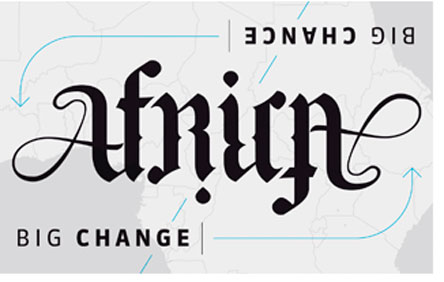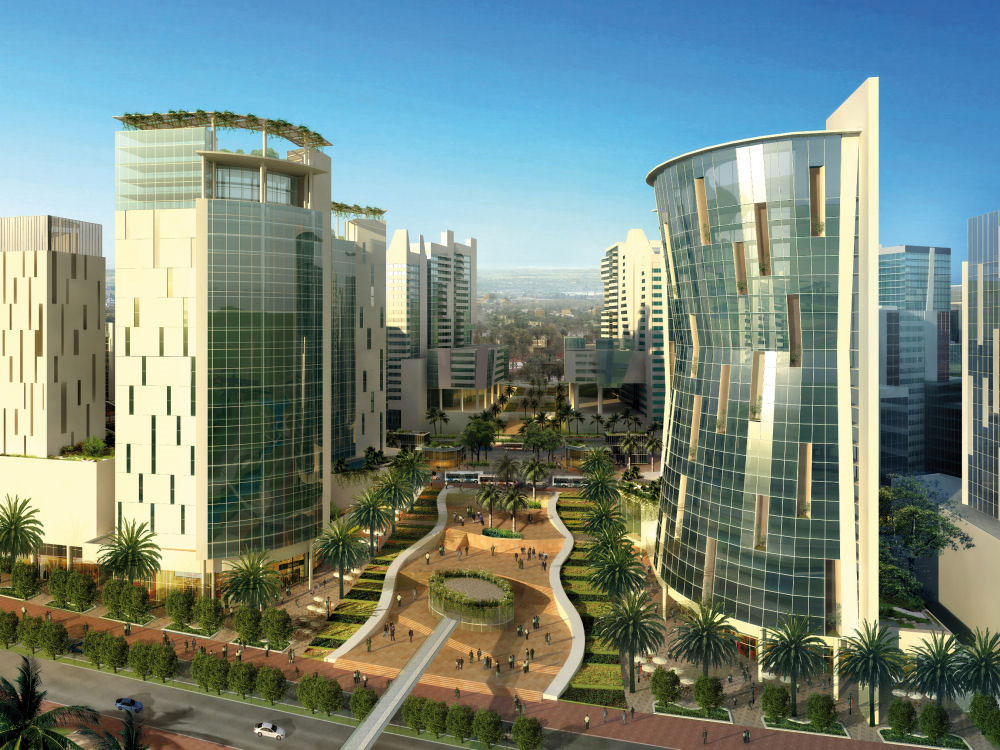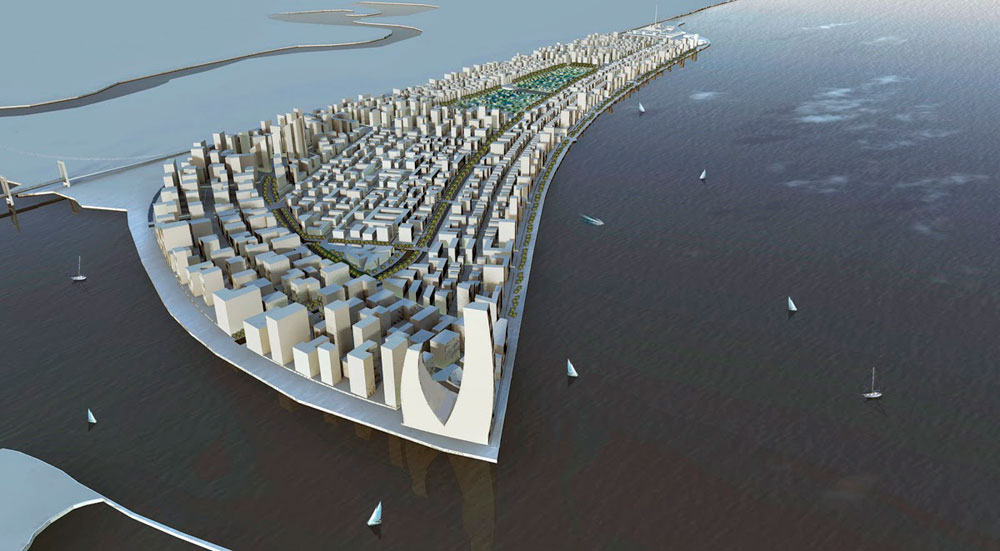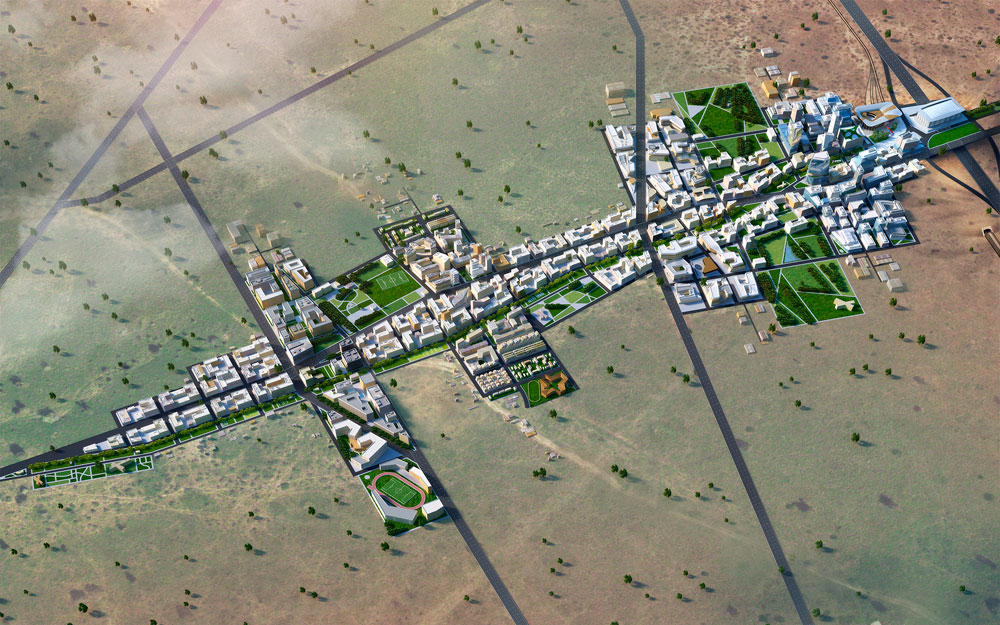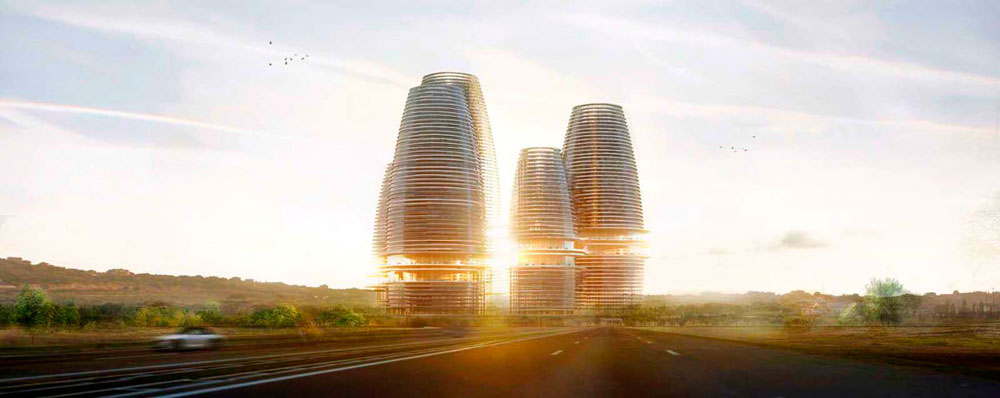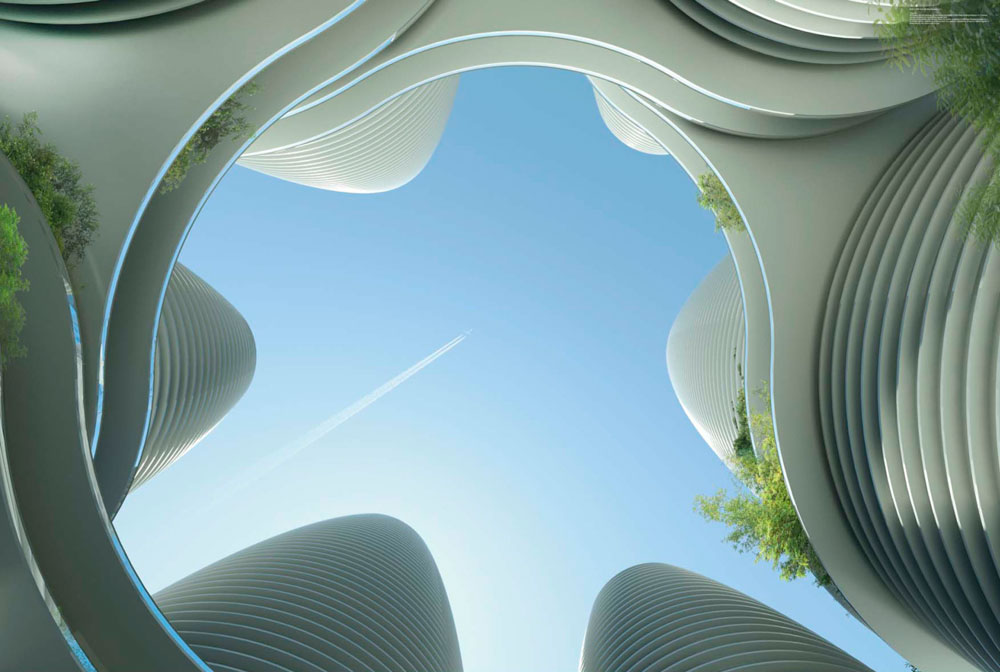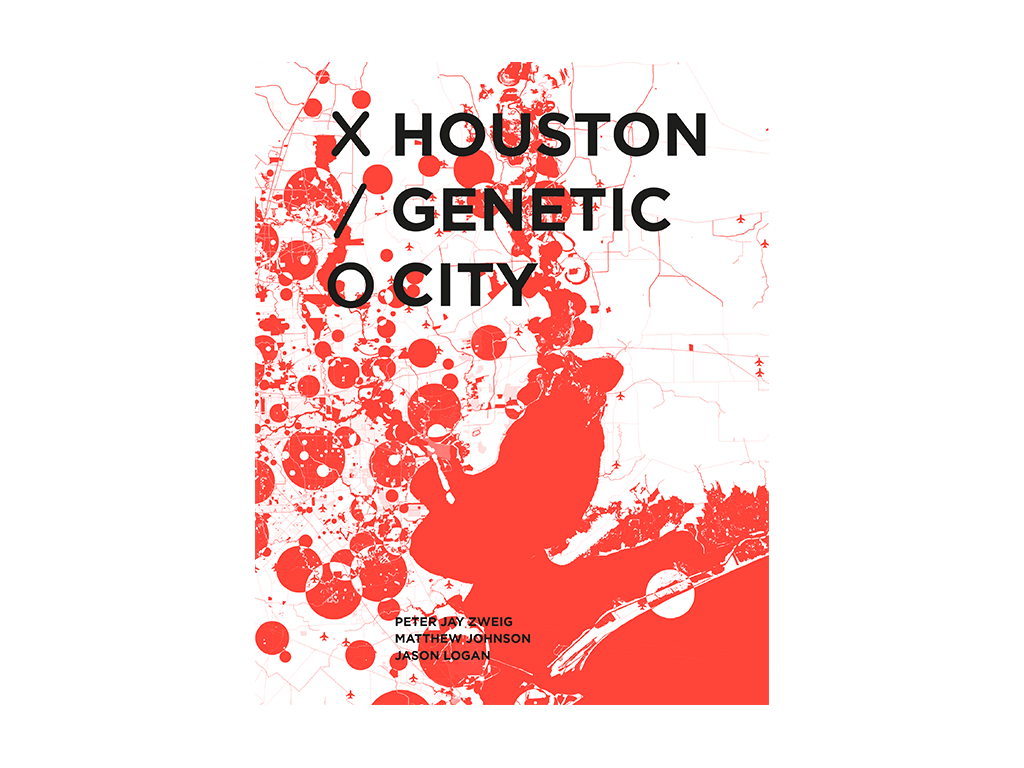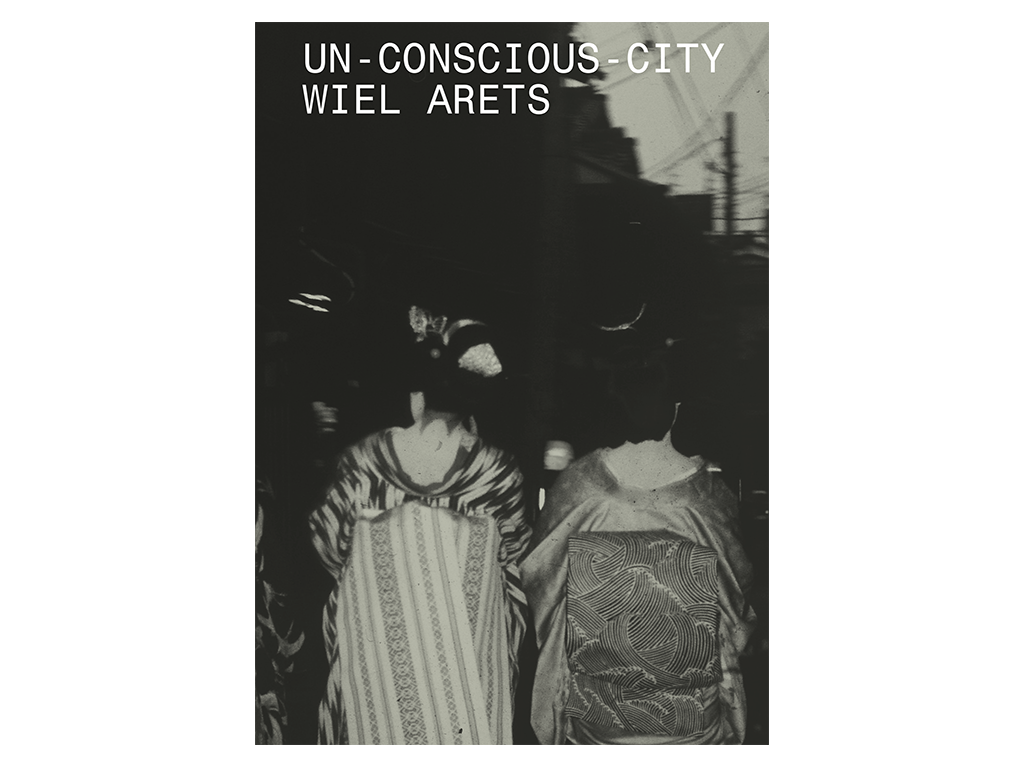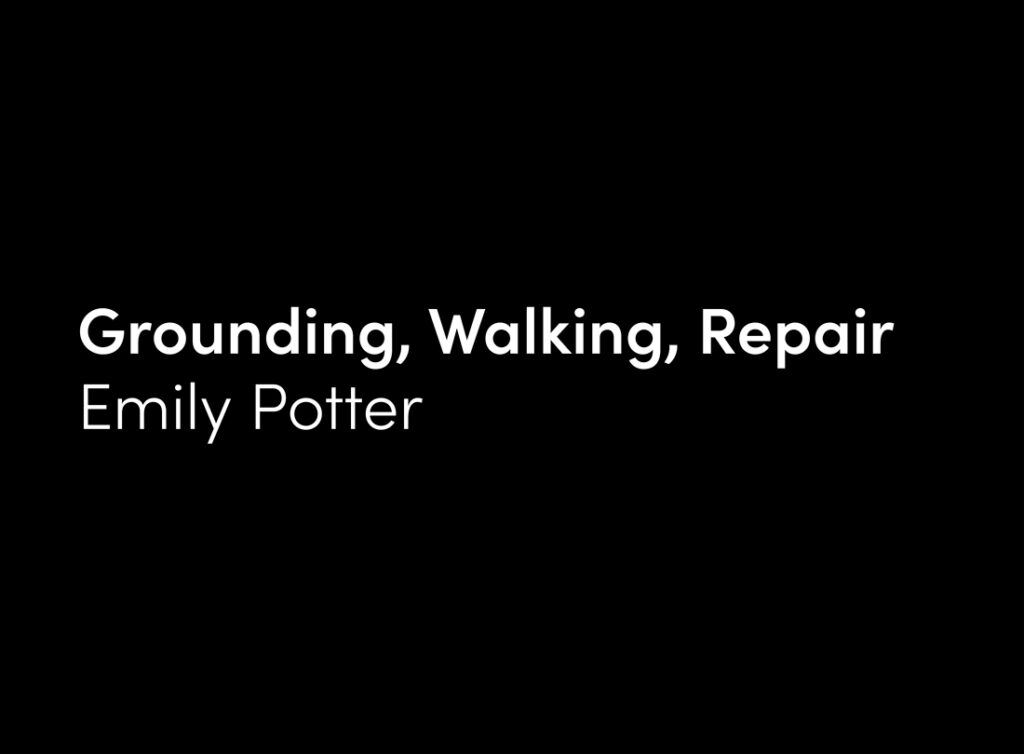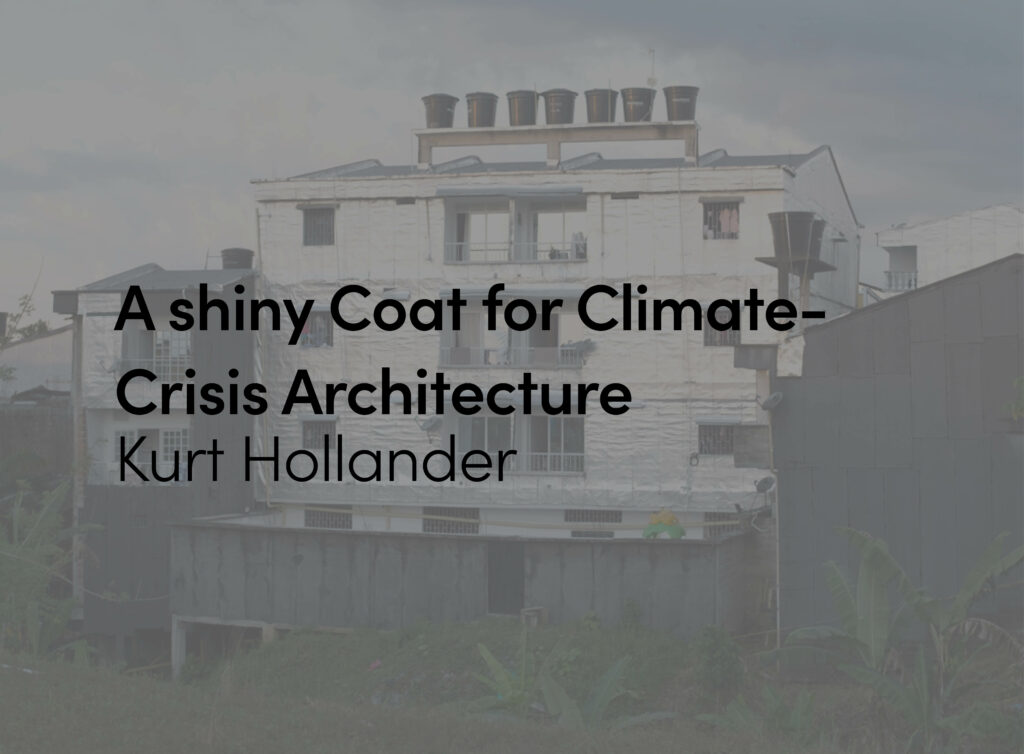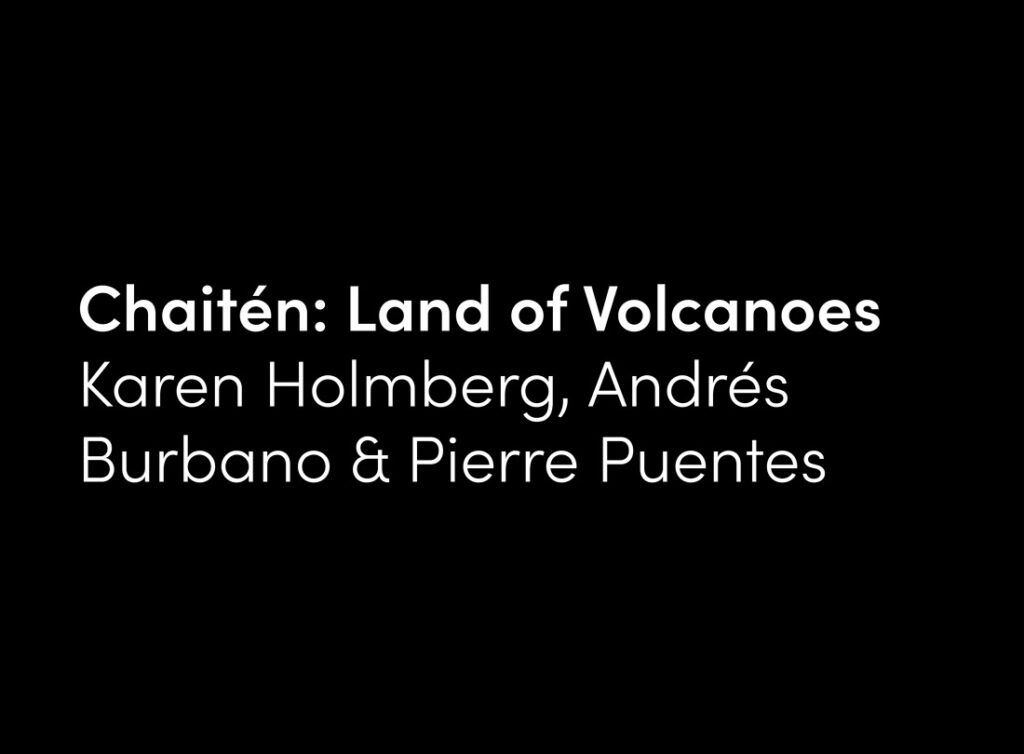How will property developers and architects shape the future?
Africa is the last continent in the world to experience the urban transition, yet it is taking place here in a way which has been rather different to elsewhere. Most important, urban growth has been fuelled by a range of factors which have often not included economic development, leading to the phenomenon of jobless urbanisation. As a result cities have extremely high levels of poverty and unemployment: 43% of Sub-Saharan urban populations live below the poverty line, 62% live in slums, and 60% earn an income in the informal sector [1]. When this is set against the expectations of continued rapid urban growth, set to double over the next 20 years and triple over the next 40 (now far more from natural increase of the already urban population rather than from rural to urban migration), this becomes of particular concern. Recent years have seen a resource-driven boom in many African economies, but this has not necessarily resulted in a growth of urban jobs or reduced poverty [2]. Rather there are suggestions that this has given rise to a “resource curse” in which economic growth has resulted in a small but growing elite (and therefore growing income inequalities) in rising prices of consumer goods and food, and rising urban land and housing costs. All these trends can directly worsen the conditions of the urban poor. Against this negative view of African cities, financial services agencies such as Deloittes have painted a far more positive view noting that Africa’s middle class has tripled over the last 30 years and is now the fastest growing in the world. This, they suggest, will attract investment and jobs leading to development and modernisation. A growing urban middle class generates demand for formal housing, public facilities and amenities, retail outlets and transport routes for growing car-owner-ship. This class also provides a consumer market for goods and services of all kinds and hence investment in production and services buildings. A growing middle class therefore fuels demand for well-located and serviced urban land and development projects as well as architectural styles considered “aspirational” or “modern”. Deloittes are cautious on their definition of a middle class, using the African Development Bank indicator as those spending between US $2 and 20 a day, and even the “upper middle class” as US $10 to 20 a day spenders –low numbers by any standard. It is the growth of both a large poor population and a much smaller but influential elite that are currently shaping the development of African cities, although the way this happens in cities varies significantly from place to place. With poor communities finding it increasingly difficult to gain access to well-located land, there has been a massive expansion of peri-urban areas around cities. These shack-lands now extend for many kilometres, pushing agriculture further away from cities and creating vas swathes of informal housing which have little or no access to basic services or public facilities. This in turn puts major pressure on routes into the city, most of which have not been upgraded for many decades. At the same time, the growing middle class seeks to occupy better located and more valuable urban land, often in conflict with shack-dwellers. The new housing estates, shopping malls and office parks generated by this growth have frequently resulted in evictions and forced removals of the poor. Using planning legislation inherited from colonial times, governments in many African cities have declared informal settlements illegal and have taken steps to destroy them, often claiming that this is in the interests of creating “world class cities” and modernisation. In the last several years, however, a new set of actors has emerged to make their mark on African cities. Since the 2008 economic crisis, international firms of architects, property developers and engineers have turned their attention to the development potential of urban land on the continent. It seems likely that this has been a result of the economic and property downturn in much of the global North as well as an earlier move into the property markets of Asia and the middle-East where urban land prices have now been driven up. References on websites to African cities as “the last development frontier” suggest that property developers have identified new opportunities in this part of the world: cheap land, an untapped market and governments willing to assist with land “clearance” and new infrastructure. The fact that Nigeria only opened its first modern shopping mall (in Lagos) in 2006 and Accra in 2008 shows how recent the property development boom is in these countries. In Luanda, prime office space is in such short supply that rents per square meter are higher than in London or New York [3].
However, a more significant impact of this new property interest is to be found in the many new “master plans” which these global companies have been promoting to African politicians. Generally these are to be found on company websites or sometimes on the websites of national ministries. These new urban visions are eerily similar, regardless of which part of Africa they target, and all echo the images of Dubai, Shanghai or Singapore. Glass-box skyscrapers separated by swathes of green and rapid transit routes predominate, while the “real” world of informal shack-dwellers and street-traders is erased from the map and from the consciousness of politicians and the urban elite. Michele Acuto [4] (2010), using Dubai as a case study, describes these promotional plans as exercises in the use of “symbolic power”, as cities try to establish themselves as “world class” and as attractive places for the elite and investors. Acuto argues that the built environment has become an important vehicle for these promotional narratives with buildings needing to take on iconic identity: skyscraper towers are commonly used but also ultra-modern and distinctive airports, trade centres, office blocks and retail centres. Adding to the selling power of the glitzy graphics, many of these plans also claim to be “smart” or “eco” and sustainable cities, thus drawing on fashionable rhetoric to justify designs that are very far from these concepts. Smart cities require a great deal more than broadband and other computer-controlled infrastructure: they are also highly dependent on the associated human resources and expertise to develop and maintain “smartness” and these are not necessarily available in the target cities. The plans are also difficult to reconcile with environmental sustainability. Skyscraper glass-box buildings are huge consumers of energy for air-conditioning and lifts; large public green spaces have to be maintained and watered; satellite cities usually generate considerable traffic flows back to the main city; and most of the graphics show car-based movement systems rather than public transport, walkable streets and mixed use. Using these terms can be described as a form of boosterism to help sell a property development, but they do no more than pay lip-service to the deeper meaning of the concepts. Design has become a superficial exercise of cut-and-paste graphics along with copied text to give the impression there is a concern with more than just profit.
Kigali, Rwanda © OZ Architecture
These new fantasy cities tend to take three different forms in Africa: the full city “make over”, new insertions within existing cities, and satellite cities. The most startling of the full city plans is the one for Kigali (the capital of Rwanda) with graphics developed by a US firm of architects. Kigali currently has a largely poor and informal population, but in the plan poor people have been swept away and replaced with glass tower blocks and wide, landscaped boulevards. This is the image of a city that could be in any part of the world: there is no response to place, environment or culture and certainly no recognition of prevailing employment levels or income. Other cities have adopted plans for large new urban projects within the existing urban boundary. In Lagos, ten square kilometres of sea infill has created new land for an expected 250,000 people, including apartments, office blocks and retail. Eko-Atlantic claims to be the largest urban development project in Africa that will solve the Lagos problems of congestion and infrastructural decay. In Kinshasa, Democratic Republic of Congo, a new development called “Cité du Fleuve” has been prepared by a consortium of international design companies and will occupy two “islands” on reclaimed land in the Congo River. They will hold mixed retail, office and residential development and one of the islands will be devoted to up-market residential accommodation. In reality though, Kinshasa is a war-ravaged city of some nine million people, the majority of whom live in deep poverty and eke out a living from small informal businesses. In Dar es Salaam (Tanzania) Kigambone City, on the urban edge, claims it will be an eco-city which will relieve Dar es Salaam of congestion and land shortages. The some 82,000 households currently on the site have been promised compensation to cover part of the cost of their access to new units to be built on the site. Yet the proposed “dream city”, anticipated to deliver “…an ultra-modern urban centre with facilities competing with those in places like Dubai in the United Arab Emirates (UAE), Hong Kong and Kuala Lumpur, Malaysia” [5], may only be affordable for a very few of these residents. A far more common form taken by the fantasy plans is the “satellite city”. These are envisioned as entirely new and independent towns, usually located beyond the edges of existing cities, and sometimes fifty or sixty kilometres away from them. The justification for these new towns is usually that they will create an environment which allows people to escape the congestions and “chaos” of the main urban centres, and will help to reduce this congestion in the long term by diverting population growth to new locations.
Eko Atlantic City, Lagos, Nigeria © Ar+H Architects
Cité du Fleuve, Kinshasa, Congo Democratic Republic
A number of these satellites were incorporated into the Nairobi 2030 plan and were announced with much fanfare. Tatu City was to be built on productive coffee land, catering for 70,000 residents and 30,000 day visitors. The developers claimed that Tatu City “will attract discerning residents, companies and retailers who wish to live, work and play in the most modern, well-planned urban development in East Africa” [6]. Financing was supposed to be underwritten by Moscow-based Renaissance Partners, which the Tatu website describes as the world’s leading emerging markets investment bank. However, the project was stalled by land acquisition problems and Renaissance now appears to be in financial trouble [7]. Another Nairobi satellite, Konza Technology City, has also become embroiled in land acquisition scandals. Situated some 60km from Nairobi, it was planned for 30,000 residents and was supposed to be a Kenyan Silicon Valley. Yet another satellite has now been promised by the Chinese premier who claimed that it would be modelled after Dubai [8]. Nairobi’s satellites, in particular, emphasise the highly speculative and private-sector driven nature of the new fantasy cities. Public participation and careful planning have been abandoned in the hurry to launch these cities and attract further investors. As a result they are highly vulnerable to financial failure. A good example of this is the Chinese “ghost cities” built at satellites outside of Luanda, Angola. These are cities comprising tower blocks of apartments selling at between $150,000-200,000 each, when most Angolans live on less than $2 a day. These were unaffordable even for senior civil servants, and eventually the state was obliged to lower apartment costs through major subsidies which used up the bulk of the national housing budget [9] which could have assisted Luanda’s poor.
Konza Techno City, Nairobi, Kenia © Shop Architects
Cocody Bay Landscaping Project, Abidjan, Ivory Coast © Koffi Diabaté
A particularly futuristic plan is that for the satellite of Hope City outside Accra. It was designed by Italian architect Paulo Brescia and will be built by RLG Communications, a Ghana-based IT company, at an estimated cost of US $ 10 billion. Reportedly Microsoft will be a partner in this development. It will consist of six linked towers which will house 25,000 residents and 50,000 workers. These towers, which seem to bear no relationship to their surrounding environment, were supposedly inspired by ancient mud and thatched huts arranged into a compound typical of traditional African society (!). As with many of the other satellites, the focus here has been entirely on the aesthetics of these plans, with no consideration of social, cultural or environmental factors. The impact of these new fantasy plans, assuming they come to fruition, is still not entirely clear. However similar attempts at this kind of property development in India and other parts of South Asia do give indications of possible outcomes. Where these projects compete directly with the poor for land (as in Kigali) there is no doubt that they will be marginalised and shifted further and further aways from well-located urban land. In addition, state spending on large scale infrastructure (transport, sanitation, power) is likely to be skewed in the direction of support for these new cities and projects and away from meeting the basic service and housing needs of the much larger poor urban populations. Should the middle-classes and higher-end investors retreat to these new elite enclaves (and this after all is their target market) then their tax base and spending power will be lost to the exiting city, thus exacerbating urban decline.
Hope City, Accra, Ghana © OBR Architects
The spatial separation of rich and poor which these new urban fantasies will entrench opens up the prospect of urban spatial and social inequalities at an unprecedented scale. At the same time the hope that these new cities and developments will be “self-contained” and able to insulate themselves from the “disorder” and “chaos” of the existing cities is remote. Satellite cities are frequently unable to sustain all the job and service requirements of their populations and tend to generate large volumes of movement and traffic as their residents find themselves having to travel back to more established centres. Wealthy enclaves are also usually unable to function without low income service providers (domestic workers, gardeners, construction workers, etc.) and inevitably an informal city grows up around the edges of the formal city. in a range of ways the utopian dreams of these urban fantasies (most of which are based on concepts which have been attempted before in other parts of the world and their impacts well-documented) are unlikely to materialise, yet the efforts to achieve them will have profound effects on lives and livelihoods. While those with a degree of power and resources may well be able to benefit in various ways, given the overwhelming dominance in African cities of those with very little, a widening and deepening of inequality is inevitable. The question is often asked: are there other ways of addressing the issues of African cities? The starting assumption here is that cities with high levels of socio-spatial inequality (and hence political and social instability, low levels of social capital, health and education, and major environmental issues) are also unlikely to attract long-term foreign investors or to provide the basis for strong and sustainable domestic economic development. This will be te case however glitzy are the buildings proposed by architects and engineers. The myth, held by many local politicians on the continent, is that simply getting the aesthetics right in terms of the appearance of the built environment will be sufficient to allow a claim of “world class city” status which in turn will ensure economic growth. In reality this is unlikely to happen.
It follows that the task of making African cities liveable and attractive has to start with meeting the basic needs of the poor urban majority. Public resources need to be directed towards sanitation and water systems, public and non-motorised transport systems, and sound land allocation, regulation and tenure systems; this needs to be done in ways which ensure the cohesive and structures spatial development of cities (as opposed to sprawling and fragmented development which is more commonly the case). Given the scale of new infrastructure which needs to be rolled out to cope with urban population growth, it makes sense to explore some of the newer and more sustainable technologies becoming available, but only if they can fit the needs (and pockets) of the very poor. One example of this is the way in which cell-phone technology has “leap-frogged” the need for land-line infrastructure. Linked to infrastructure development, and especially to access routes, is the need to focus on public facilities (schools, clinics, libraries, etc.), all of which are notably lacking in the fantasy plans. A literate, educated and healthy population is an absolute pre-condition for sound economic development and for achieving the “smart cities” which so many of the new plans claim to be. Hollands [10] has criticised the assumption that smart cities simply require IT hardware and infrastructure to become “smart”. This completely ignores the quite obvious human and social dimensions of smart: the role of social capital and networks of trust and reciprocity that are pre-requisites for innovation. Cross-cutting all these pre-conditions for liveable and successful cities is the question of institutions, of both the sate and civil society. Many of the new plans appear to completely ignore the need for consultation of city residents, and many even assume the ability to by-pass local institutions and their land and planning systems. Yet there are examples in Sub-Saharan African cities where communities have been able to play a significant role in providing for their own needs, where local government and NGO assistance was available. One case is the Muungano Kabimoto project in Nairobi, where a community started a saving scheme and, with the help of the local Slum Dwellers International affiliated NGO, constructed four storey homes on a footprint of 4×4 metres. The land was granted by the local municipality and the homes were affordable and directly tailored to the needs of the occupants. As a continent undergoing its urban transition, African cities are particularly vulnerable to grand and inappropriate solutions, either generated by those who see the chance of quick financial gain or by those who believe that urban models which have worked in the very different context of advanced economies can be simply transplanted to Africa. Many of the international aid and development agencies have been guilty of this simplistic “best practice” method, with highly negative outcomes. In this period of transition there is the possibility that urban solutions in Africa will either generate major urban disasters (as so many of the fantasy plans threaten to do) or will give rise to unique and innovative ideas and practices that are able to set in place a new urban paradigm.
